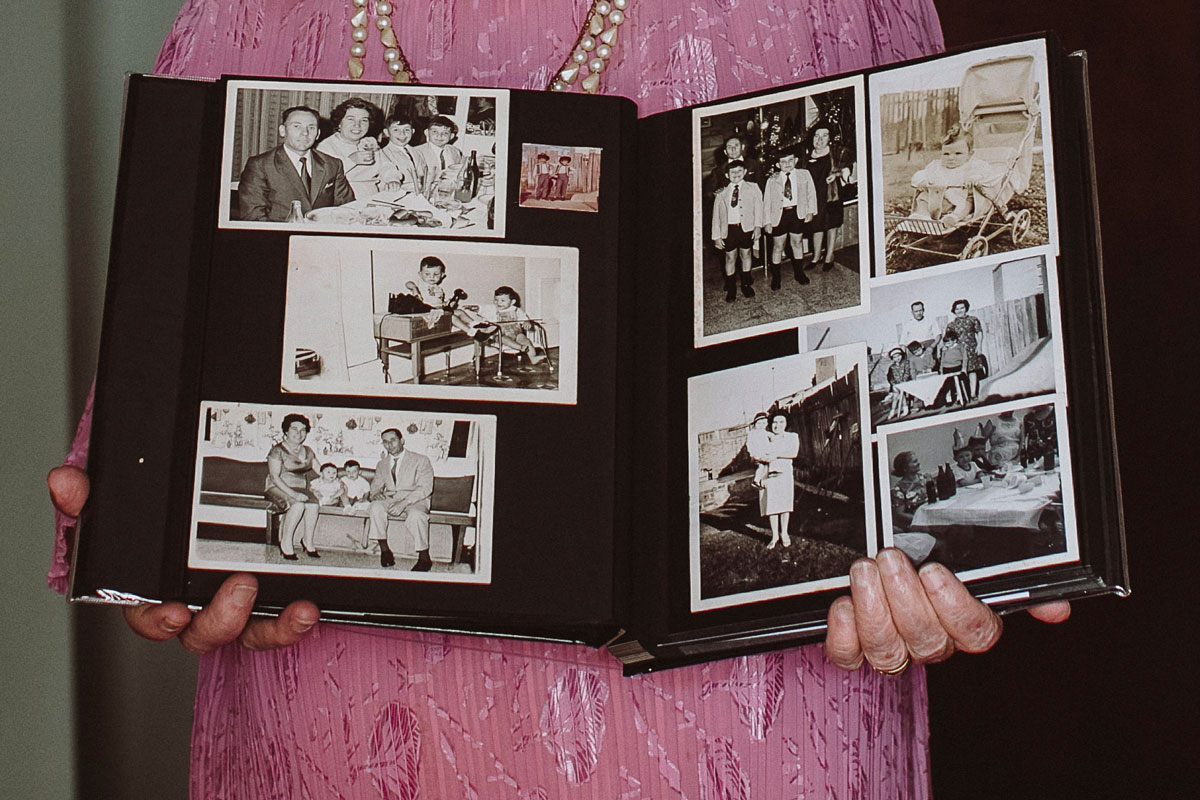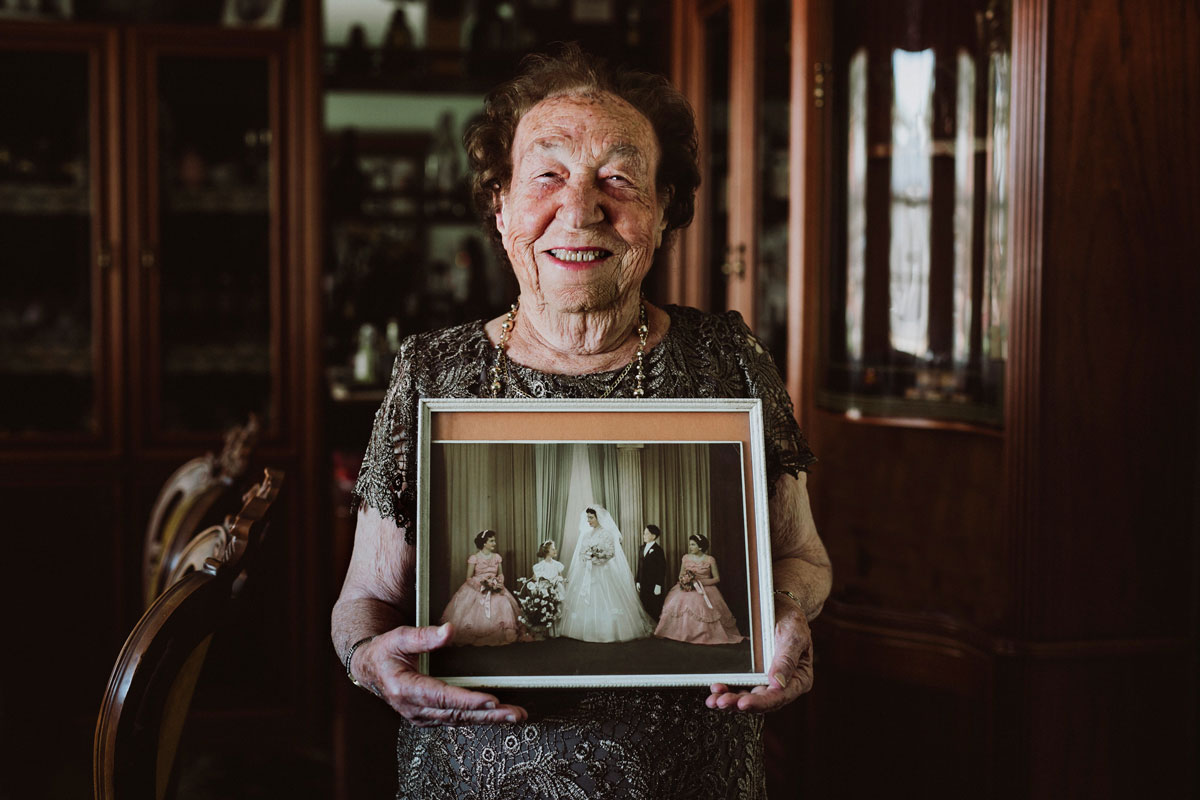Most family photo collections are a mish-mash of digital image files and folders on a PC, external disc – or worse still, a smartphone – more often than not without a backup and in constant danger of damage, corruption, or catastrophic failure.

A silver lining at the edge of the Covid cloud is that Australians stuck at home can finally carve out the time to organise their photo collections – before it is too late. And there’s nothing more certain than the fact that one day, it will be too late. All hard discs eventually fail, and CDs and DVDs don’t last forever – even if you can find a device to access them. Fires and floods happen. People steal things. Smartphones and notebooks get left in taxis…
Digital photos are nothing but computer code. ‘It’s not a photo until it’s printed’, has the ring of truth.
It has been five years since Google vice president and one of the pioneers of the internet, Vint Cerf, warned the public about heading toward a ‘digital dark age’, as the digital generation continues to store its collective history in online archives. While Cerf was broadly discussing the likelihood of data files and formats of all types becoming obsolete over time, the warning resonated with the photographic community as digital image files are so frequently lost. And then there’s ‘bit rot’ – the gradual corruption of computer data due to an accumulation of failures in a data storage device.
Not much has changed since 2015. A recent customer survey by file recovery software company, CleverFiles, found that photos account for 90 percent of lost files. Hardware and system failures are how most photos are lost, followed by accidental deletion. Backing up photos in an online cloud service, on social media, or on an external drive – or all the above – is definitely part of the solution, but comes with risks and limitations.
Printing photos is not only an ideal solution to safely preserve the real ‘heros’ of your a photo collection, but also to organise and catalogue it. Additionally, the print experience has the edge on the digital alternative.
Numerous neuroscience studies have found that, compared with the more ephemeral digital version, printed material has a greater emotional impact on participants, making engagement more memorable and meaningful.
It doesn’t require a team of neuroscientists to prove the superiority of the ‘real’, analogue experience. This year many isolated Australians have been reminded how important physical connections are at solidifying relationships with family and friends, and building community. While digital technology offers platforms for socially-distanced people to stay connected, it doesn’t quite stack up to the power of the real experience. Witness the trauma of families unable to visit their elderly relatives.
Australian photo book manufacturer, Momento Pro, is constantly reminded by its customers just how much joy the printed image delivers. Stories of children pouring over family photo books, connecting with the family history and helping them achieve a greater sense of identity: ‘I watch Ruby (our daughter) leaf through the pages of our book and I can see it gives her a sense of belonging,’ said Momento customer, Ruth Gilmour. ‘She’s looked at it a lot more lately since her dad has been working overseas. I think it’s her way of making him feel closer than he really is. It’s a comfort for us all.’
Momento also recently told the story of Nonna Connie, who invited her granddaughter’s wedding photographers to her home to show them images from her wedding 67 years ago. The photographers witnessed Connie recalling stories from her past as she looked at family photos, reminiscing fondly to back when her husband was alive and they were both youngsters.

But sadly, Connie’s photos and the emotional value she and her family draws from them are in danger of becoming part of a bygone era, when most families had volumes of photo albums and books. Nowadays the importance of photos in preserving memories, and drafting a visual narrative of each individual’s life and legacy, may not register with people until it’s too late and image files go missing. So the most photographed generation that ever existed is ironically in danger of ending up with little in the way of photographic memories.
For many Australians, the extra time at home has been an opportunity to slow down and take stock, and perhaps consider what the future may look like. Momento reports that there’s been an uptick in demand for family photo books over the lockdown period. The hope is that this will kick-start the widespread return of the family photo collection as that precious link between the past, the present, and the future, telling us a little more about who we are.
Sponsored by Momento Pro.






Be First to Comment